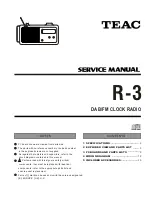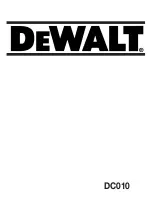
Doc. No.: 103839 Rev. A
jotron.com
Page 27 of 104
7.3.2
Destination
The destination of the voyage is to be entered here using a maximum of 20 characters.
Many countries require destination input is according to GUIDANCE ON THE USE
OF THE UN/LOCODE IN THE DESTINATION FIELD IN AIS MESSAGES from
IMO SN/Circ.244
Text from the Guidance:
Recommended use of the UN/LOCODE
6.
The recommended format is to indicate the port of departure at the first six positions of the data field followed by a separator and
then the code for the next port of call.
7.
In order to identify that it is a LOCODE, to separate the locations and to indicate the ‘from’ and ‘to’ ports, a ‘>’. symbol should be used
as a separator. See example below.
A ship is leaving Dubai bound for Rotterdam. Use of the UN/LOCODE would represent this voyage as below:
“
AE DXB>NL RTM
”
8.
If the next port of call is unknown, “?? ???” should be entered instead of the UN/LOCODE in the corresponding place in the data field.
See example below:
”
AE DXB>?? ???
”
9.
If the port of departure does not have a designated UN/LOCODE then “XX XXX” should be entered instead of the UN/LOCODE in the
corresponding place in the data field. See example below:
“
XX XXX>US PBI
”
10.
If the next port of call does not have a designated UN/LOCODE the commonly accepted English name of the destination port should be
entered, preceded by “===” (3 “equals signs”). If no such name is known, the locally used name should be entered. In this case, there may not
be enough space available to indicate the port of departure. See example below:
“
===Orrviken
”
11.
If only the general area of destination is known the name or accepted abbreviation of the area preceded by “===” (“three equals
signs”) should be entered. See example below:
“
NL RMT> === US WC
”
Indicating a destination on the United States West Coast.
Содержание 103660
Страница 1: ...Tron AIS TR 8000 MkII AIS Class A Inland AIS Transponder Operator and Installation Manual...
Страница 2: ......
Страница 103: ......
















































